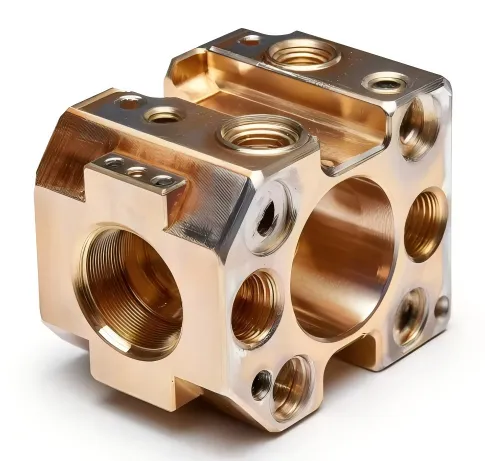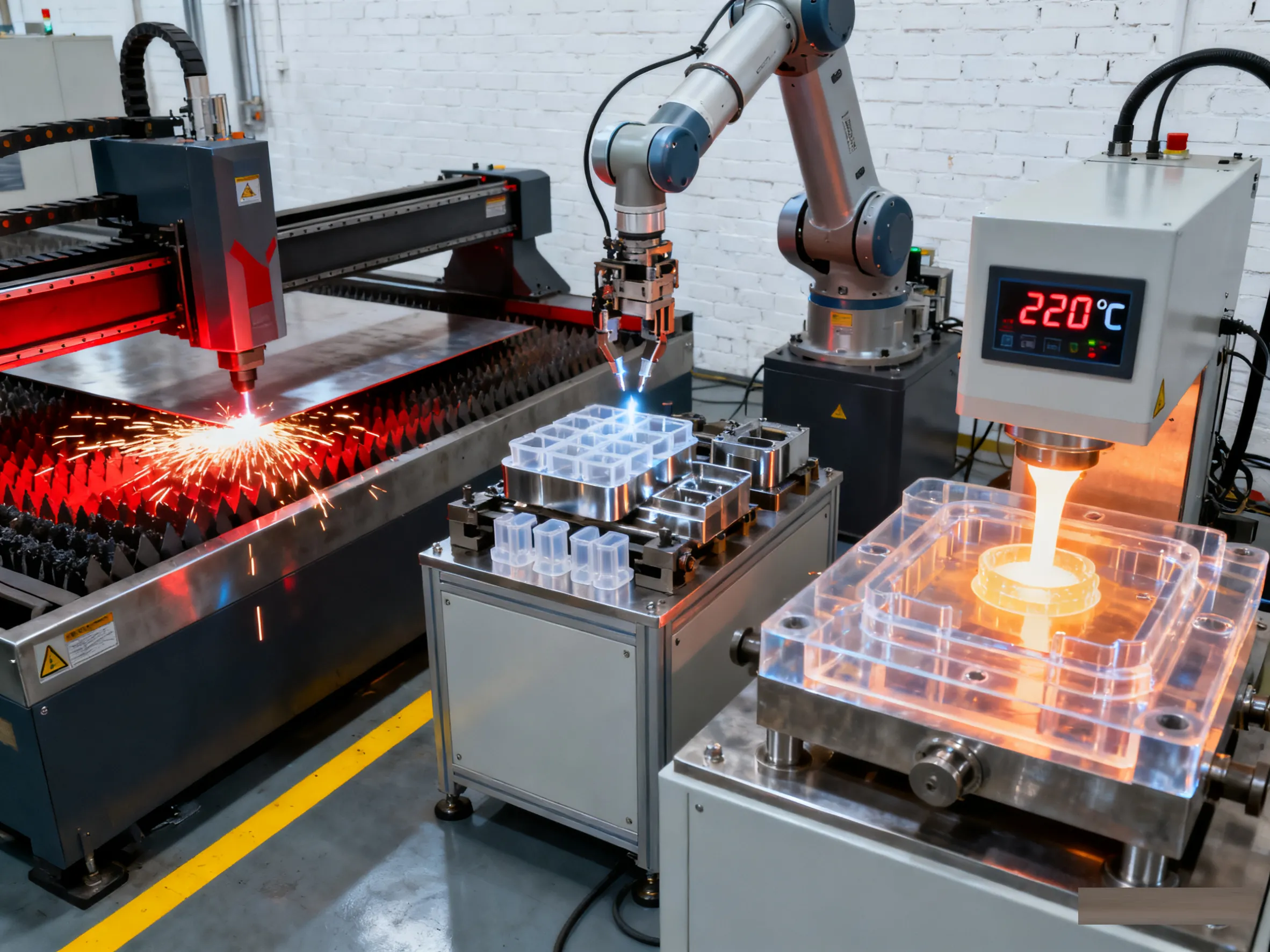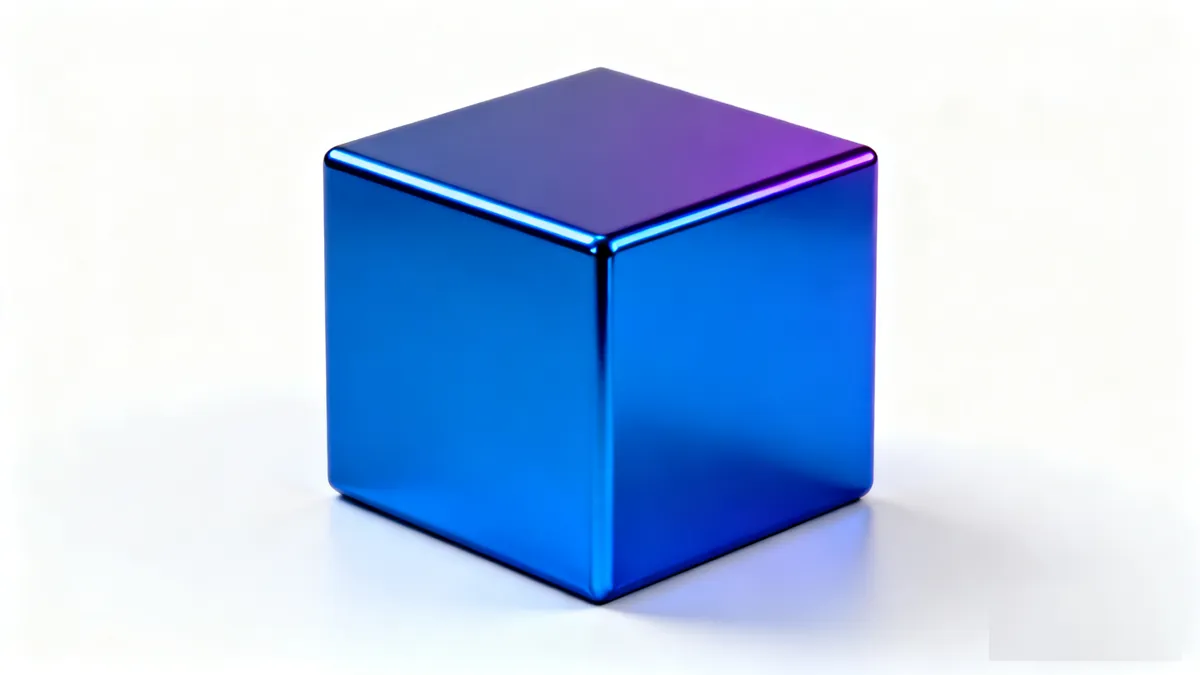Finishes and Post-Processing Options
In general, copper is used for its thermal and electrical conductivity. As such, many surface finishes used on other machined metals are not suitable as they will hinder these properties. Listed below are some applicable surface finishes for copper.
Electropolishing: Copper can be electropolished to achieve an extremely smooth and shiny surface. This process removes a minuscule layer of material off the surface - typically between 0.0001” (0.00254 mm) and 0.0025” (0.0635 mm). Electropolishing can further improve corrosion resistance but does not affect conductivity.
Electroplating: Metal plating of copper is frequently used to help prevent oxidation of its outer surface while maintaining electrical and thermal conductivity. In particular, precious metal plating like silver or gold plating can provide low contact resistance to maintain excellent conductivity and solderability.
Cost-saving Design Tips
Copper is a very costly material to use, so part design optimization is recommended.
Only use where required: Only use copper components where necessary. Manufacturing an entire part out of copper is prohibitively expensive if only a small portion needs its unique properties.
Choose the right grade: Attempting to use ultra-pure copper, such as 99.99% pure C101, for a purely mechanical part is not cost-effective. However, if exceptional conductivity is not required and a lot of material is machined, C110 is likely a better choice.


